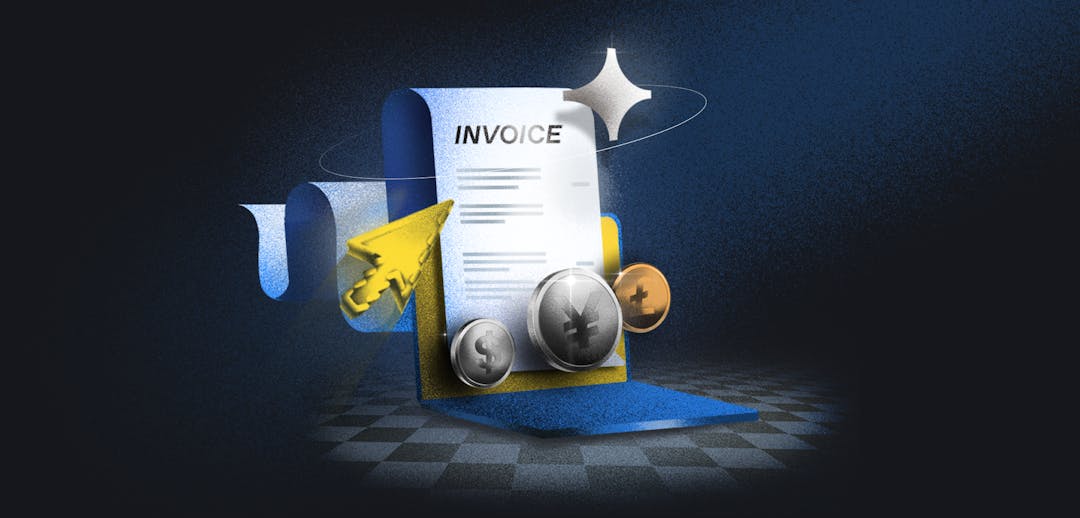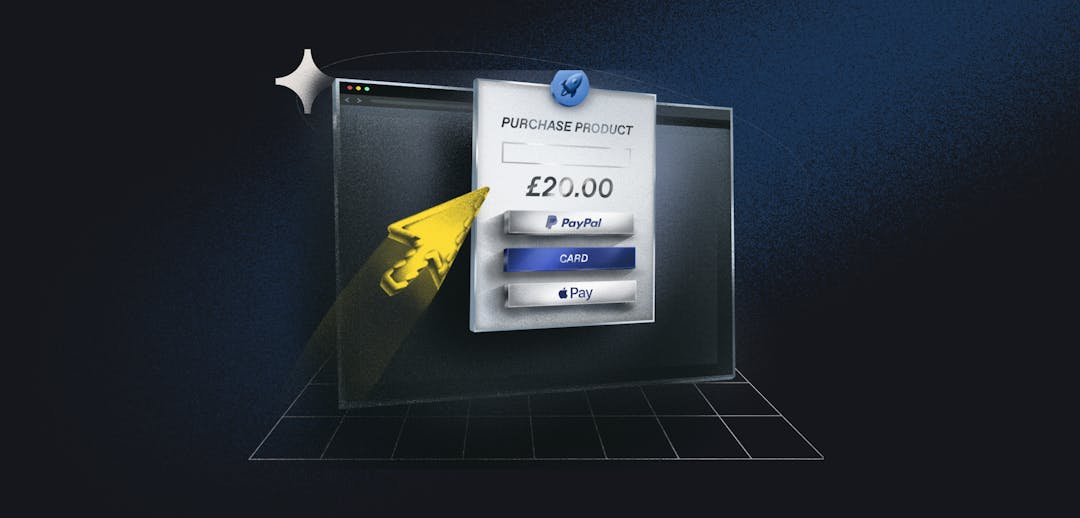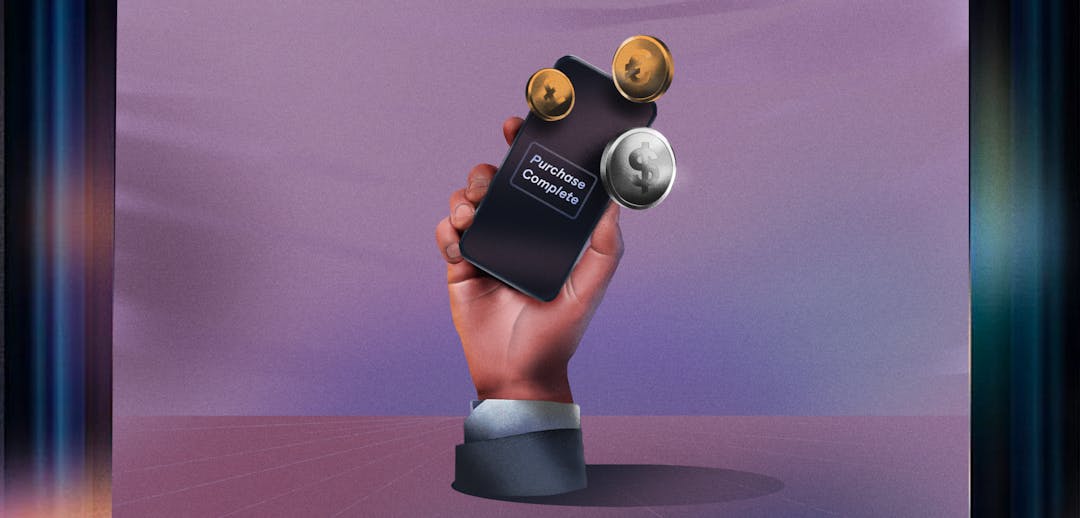Learn all about recurring payments, the benefits, and strategies that can help your business grow
Every business desires to increase revenue streams and get to more predictable levels of incoming profits. A recurring payment model (also known as recurring billing) makes this possible for subscription businesses. Over the last few years, recurring billing has been on the rise. This increase can be attributed to the convenience recurring payment offers to companies and customers.
Today's guide lets you in on all you need to know about recurring payments, including the pros, cons, and how it all works.

What is recurring payment?
Recurring payment is a model where funds are automatically deducted from a customer's account at scheduled intervals to cover the customer's subscription fees for products or services. The payments are pre-scheduled, and the customers are always aware of when they are being taken out.
The recurring payment framework is most common in subscription businesses such as SaaS companies, DTC ecommerce brands, online learning providers, health and fitness clubs, and streaming services.
Typically, there are two types of recurring payment models: fixed and variable recurring payments.
Fixed recurring payments
In this type, the customer is charged the same amount in each billing cycle. This is common for subscription businesses in which the customer consumes the same amount of product with every charge or when the price of a product or service is fixed.
Examples of fixed recurring payments can include a gym membership payment or a movie streaming site payment.
Variable recurring payments
On the other hand, variable recurring payments change depending on how many products or services a customer consumes. The billed amount is different for each cycle, and the payment due depends on the cost of services or products. This type of recurring payment is common in SaaS subscriptions with a pay-as-you-go pricing model.
How does recurring payment work?
Just like the name suggests, the recurring payment model is repetitive. It's also automatic and quick to set up. Here's a quick breakdown of how everything works.
Customer subscribes
When a customer opts into recurring billing, the process is automatically set in motion. Usually, customers provide their payment details, such as credit and debit card payment information. The customer needs to also accept the terms and conditions of the subscription before any funds can be deducted from their account.
Billing begins
Once the customer subscribes, the billing cycle is set to start. The subscription company will need a merchant account to receive payments. Payment processing is made through secure payment gateways that protect the customer's bank and credit card billing information. Next, the funds are directly transferred to the company's bank account, and the revenue is recognized and processed by the accounting department.
Company sends invoice and receipt
Finally, the company notifies the customer about the billing through a communication channel such as email. The company also sends the invoice and receipts for the billed payments. The process then continues to repeat unless there is an issue with a credit card failure (which can be easily resolved).
Advantages of recurring payment
Recurring billing benefits both the customer and the business. Below are some of the benefits of adopting a recurring payment model in your business.
1. Minimized efforts
With the recurring payment model, businesses don't have to chase late payments or send out reminders to customers with each billing cycle. The process is automated, which saves the company both time and effort.
On the other end, automatic payments ease the amount of effort customers have to put in too. Customers don't have to act on invoicing reminders or go through the hassle of making manual payments for their subscriptions. All they have to do is to make the authorization at the start, and the rest gets handled automatically.
Automations also reduce friction, which is a common problem with one-off payments during which a customer has to make a decision for each purchase.
2. Improves the customer experience
Recurring payments offer added convenience to customers. This model also gives a customer a level of predictability for when and how much they need to pay. Recurring payments reduce the work a customer has to do to access your company's products. In turn, this gives customers the perception of saved time and money in the long run.
3. A set-it-and-forget-it system
A recurring payment model is a plug-and-play system. Once the customer opts in, the rest of the process falls into place with well-governed security protocols to keep the customer safe.
Disadvantages of recurring payment
Like all other payment models, this model is not without its disadvantages. Here are the most prominent cons of recurring payment models you need to know about:
1. Loss of profits due to churn
One of the top issues you have to deal with when using the recurring payment model is a high churn rate. With this payment model, customers can simply cancel their subscription anytime they wish. When customers make that decision, it's a loss for your business and a dent in your revenue.
That said, you can solve this problem through personalization, constant communication with customers, and continuous dedication to product or service improvement.
2. Issues with billing processing
For the most part, recurring payments work without a hitch. But every once in a while, there will be a wayward process that doesn't work as expected. For instance, recurring payments will often be exposed to issues such as failed credit cards. Luckily, you can resolve this issue by communicating with the customer, offering multiple and flexible payment options, and choosing a suitable payment processor.
3. Security loopholes
A recurring payment model is great, but, like any digital solution, it's also susceptible to security loopholes. There's always the threat of cyberattacks, fraud, and identity theft crimes. However, if you choose a payment processor that takes security seriously, these risks will reduce significantly.
How to take recurring payments?
The payment processing solution you choose will have a significant impact on the success of your recurring payment model. The processor or platform should make transactions easier for your customers and team members and reduce any frictions that may hinder the billing process. Consider these three aspects listed below when choosing a payment provider.
Make sure that the payment provider is compliant
One of the key things to look for in a payment processor is its level of compliance. The processor should comply with accounting standards and regulations, such as the PCI/ DSS regulations. It should also comply with other statutory regulations for taxes and refunds.
Ensure that all the features you need are there
The payment provider should integrate with all necessary and current applications to automate the entire workflow. It needs to encompass everything from billing and invoicing to revenue recognition. The processor should also offer reporting features and multiple payment methods as well as feature top-notch encryption and security features.
Align with long-term business goals
Finally, the application should align with your current and future business objectives across the verticals of cost, customer, and employee experience as well as the overall strategy.
Paddle provides payment infrastructure for recurring payment and billing models. Learn more here.
Recurring payments FAQs
What does it mean by recurring payment?
A recurring payment is a scheduled transaction where a business automatically deducts payments from a customer's account to cover the cost of a product or service a customer consumes.
What is an example of recurring payment?
An excellent example of recurring payment is your Netflix subscription. Netflix's billing is repetitive since it's billed at the start of every month, and it's also automatic as you don't take any extra steps to make the payment.
Another typical example is an ongoing service you use, such as a gym membership, magazine subscription, or subscription boxes for groceries, beauty products, or other items.
What is the difference between a one-time payment and recurring payment?
A one-time payment happens once or occasionally. A one-time payment is usually not scheduled and, on most occasions, is manual (such as when you pay in cash or provide your bank or credit card information when paying online).
On the other hand, recurring payments are repetitive, scheduled, and automated through payment processing software.
What is the benefit of recurring payment?
Recurring payment is beneficial since the model enables businesses to reduce the time and effort involved in collecting payments from customers for products or services consumed. The recurring payment model also allows companies to have more revenue predictability while providing convenience for customers during a subscription renewal.




